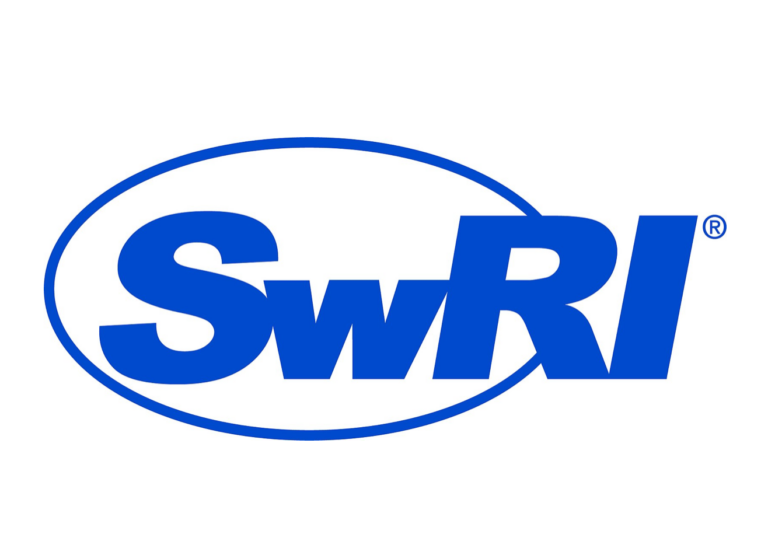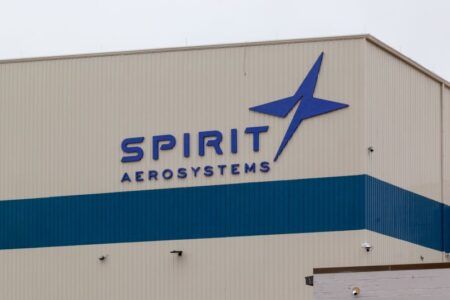Southwest Research Institute has added a new, 74,000-square-foot Space System Integration Facility to its San Antonio headquarters.
The SwRI facility can rapidly respond to customers needing to design, assemble and test spacecraft, particularly small satellites for emerging new space applications, including support for the commercial and U.S. Department of Defense arenas.
According to one industry forecast, nearly 12,000 small satellites — defined in this case as satellites with masses under 500 kilograms — will be placed in orbit between 2018 and 2030, an average of nearly 1,000 small satellites annually. SwRI serves as a trusted leader for this rapidly advancing industry, providing technology advancement and innovation.
“After 40 years as one of the leading space science and engineering programs, SwRI now offers a new spacecraft assembly, integration and test facility, designed for working with the latest launch providers,” said Steve Diamond, a senior program manager in SwRI’s Space Science and Engineering Division. “Using digital design and design-to-manufacturing (D2M) processes, we can rapidly field mission prototypes, then collaborate with industry to meet low-Earth orbit (LEO) constellation production requirements. Our work with emerging launch providers allows us to create a unique capability for deploying smallsat assets using launch campaigns measured in days instead of months.”
The new building includes nearly 20,000 square feet of integration facilities, including a range of cleanroom facilities. The building houses two ISO 5, super clean facilities, the equivalent of class 100 facilities allowing 100 airborne particles per cubic foot, and two ISO 6, class 1,000 cleanrooms. The integration facilities also feature two ISO 7, class 10,000 cleanrooms with 5-ton overhead bridge cranes and two ISO 8, class 100,000 high-bay cleanrooms outfitted with 7.5-ton bridge cranes.
In addition, the new building houses a nearly 11,000-square-foot environmental testing facility that includes a thermal vacuum chamber capable of testing multiple spacecraft at once, a shielded electromagnetic interference enclosure and a high-decibel acoustic test chamber.
“Our digital design ethos supports the integration of mobile launch capabilities and scaled serial production,” Diamond said. “The building design supports multiple levels of security, accommodating multiple programs and customers in parallel.”
SwRI offers comprehensive vertical mission capabilities in a single organization, including design, fabrication, test, launch and operations support. In addition, SwRI has expertise in science instruments, data analytics, artificial intelligence, robotics and autonomous vehicles in all domains.





